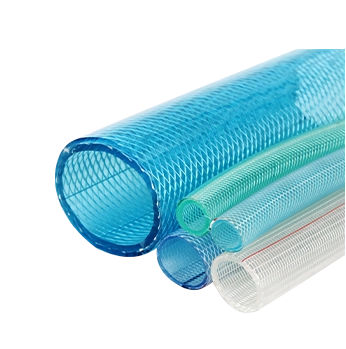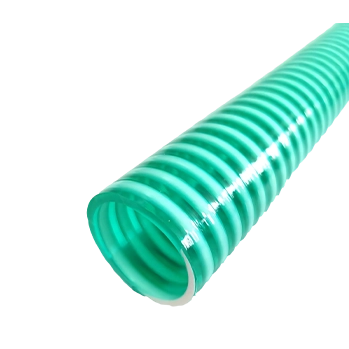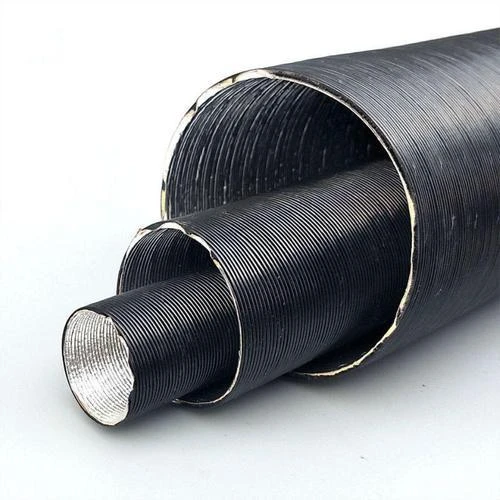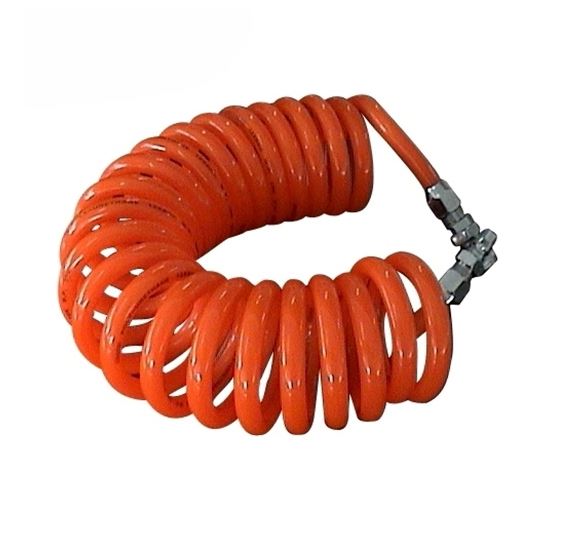polyurethane duct
Understanding Polyurethane Ducts Versatile Solutions for Modern Applications
Polyurethane ducts have emerged as a preferred choice in various industrial and commercial applications due to their impressive flexibility, durability, and efficiency. With the growing demand for effective ventilation and air distribution systems, polyurethane ducts are increasingly being recognized as an ideal solution for numerous environments, ranging from manufacturing plants to office buildings.
What is Polyurethane?
Polyurethane is a synthetic polymer composed of organic units joined by carbamate (urethane) links. It is known for its versatility and can be manufactured in various forms, including flexible foams, rigid foams, and elastomers. The unique properties of polyurethane make it suitable for a wide range of applications, including construction, automotive, furniture, and particularly in duct systems.
Advantages of Polyurethane Ducts
1. Lightweight and Flexible One of the most significant advantages of polyurethane ducts is their lightweight nature. This characteristic simplifies the installation process, allowing for quicker and more straightforward setups compared to traditional metal or fiberglass ducts. Moreover, their flexibility enables them to be routed around obstacles easily and fit into tight spaces without compromising performance.
2. Thermal Insulation Polyurethane provides excellent thermal insulation properties. This means that the temperature of the air being circulated is maintained efficiently, reducing energy consumption and enhancing the overall performance of heating and cooling systems. As energy costs continue to rise, the thermal efficiency of polyurethane ducts can contribute to significant cost savings over time.
3. Corrosion Resistance Unlike metal ducts, polyurethane is resistant to corrosion and rust. This characteristic is particularly beneficial in environments that may be exposed to moisture or chemicals, such as in manufacturing facilities. The long lifespan of polyurethane ducts also translates to lower maintenance and replacement costs.
4. Hygienic Properties Polyurethane ducts can be manufactured with anti-microbial properties, making them an excellent choice for environments where hygiene is paramount. This is particularly relevant in healthcare settings, food processing plants, and other applications where contamination could pose serious risks.
polyurethane duct

5. Sound Absorption Another essential feature of polyurethane ducts is their ability to absorb sound. This helps in reducing noise levels in commercial and industrial settings, contributing to a quieter and more comfortable environment for employees and clients alike.
Applications of Polyurethane Ducts
The versatility of polyurethane ducts means they are suitable for a vast array of applications
- HVAC Systems In heating, ventilation, and air conditioning systems, polyurethane ducts are used for both supply and return air, ensuring optimal airflow and temperature control throughout a building. - Industrial Ventilation Many manufacturing facilities require robust ventilation solutions to ensure that harmful fumes and dust are effectively managed. Polyurethane ducts can be tailored to meet specific industrial requirements.
- Portable Ducting The lightweight nature of polyurethane makes it ideal for portable ducting solutions, often used in event setups, emergency response situations, and temporary installations where mobility is a key requirement.
- Air Filtration Systems Polyurethane ducts can be integrated into air filtration systems, helping to maintain air quality in various environments, from factories to office spaces.
Conclusion
In summary, polyurethane ducts represent a modern solution to the challenges of air distribution and ventilation in diverse applications. Their lightweight, durable, and efficient nature makes them an appealing alternative to traditional materials. As industries continue to evolve and the importance of energy efficiency, hygiene, and noise reduction increases, polyurethane ducts are likely to play a crucial role in shaping the future of ventilation systems. With continued innovations in polyurethane technology, we can expect to see even more applications and improvements in duct systems, making them an essential component of modern infrastructure.
-
Welded Wire Mesh Panel: Durable, Versatile, and AffordableNewsJul.28,2025
-
Top Quality Oxy Acetylene Hoses for Sale Fit for Welding DemandsNewsJul.28,2025
-
The Future of Pneumatic Air Tubes in IndustryNewsJul.28,2025
-
Superior and Reliable LPG Hose Pipe Solutions for Every NeedNewsJul.28,2025
-
Exceptionally Durable and Versatile Premium Braided PVC TubingNewsJul.28,2025
-
Best Adapters for Connecting Garden Hose to PVC Pipe ConnectionsNewsJul.28,2025














